Apple Vision Pro to have Guest User mode, will keep your sensitive data hidden

Two weeks after its grand introduction, Apple drops further details about the Vision Pro AR/VR headset. We now have confirmation that you’ll be able to share the device with other people via Guest User mode (if you trust them enough with a $3499 crème de la crème equipment).
The good news about Guest User mode is that:
The headset’s authentication technology (Optic ID) acts like the well-known Face and Touch ID, but as the name suggests, this time Apple will add your eyes to its collection, putting them right next to your fingerprints and facial features. Optic ID scans the irises of the users wearing the device. In order to be fully functional, Optic ID will require multiple scans for those of us with contact lenses (just like Face ID requires multiple scans with glasses and masks).
Come July, developers around the world will be able to apply for a Vision Pro developer kit. Apple will open labs around the world: Cupertino, London, Munich, Shanghai, Singapore, Tokyo, where one can test their apps on the Vision Pro even before the launch.
The developers can also download the visionOS SDK as of now by going to the Apple Developer site.
The good news about Guest User mode is that:
- Your friends don’t have to go through the time-consuming process of Optic ID registering;
- You control what they get to see – you can lock personal, sensitive data and settings.
Guest User mode will be present in the Apple Vision Pro when the device becomes available next year (via 9to5Mac) . ‘Allow others to use your Apple Vision Pro. Once started, the mode will end if it’s not put on within 5 minutes’, reads a popup message for the new mode (via James Dombro). It’s important to remember that Guest User mode is not a fully operational account and will not allow guests to use it as such.
Optic ID mimics Face ID, Touch ID
The headset’s authentication technology (Optic ID) acts like the well-known Face and Touch ID, but as the name suggests, this time Apple will add your eyes to its collection, putting them right next to your fingerprints and facial features. Optic ID scans the irises of the users wearing the device. In order to be fully functional, Optic ID will require multiple scans for those of us with contact lenses (just like Face ID requires multiple scans with glasses and masks).
Developers of the world, unite (around the visionOS SDK)!
Come July, developers around the world will be able to apply for a Vision Pro developer kit. Apple will open labs around the world: Cupertino, London, Munich, Shanghai, Singapore, Tokyo, where one can test their apps on the Vision Pro even before the launch.
The developers can also download the visionOS SDK as of now by going to the Apple Developer site.
‘Infinite canvas’ for a ‘seamless blend’
‘Starting today, Apple’s global community of developers will be able to create an entirely new class of spatial computing apps that take full advantage of the infinite canvas in Vision Pro and seamlessly blend digital content with the physical world to enable extraordinary new experiences. With the visionOS SDK, developers can utilize the powerful and unique capabilities of Vision Pro and visionOS to design brand-new app experiences across a variety of categories including productivity, design, gaming, and more’, announces Apple.


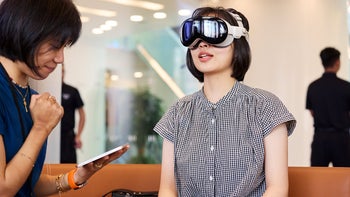
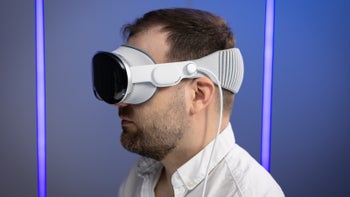
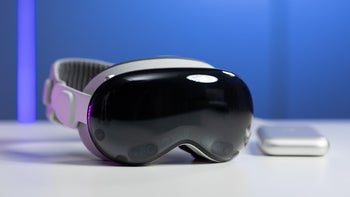
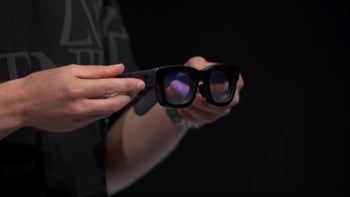
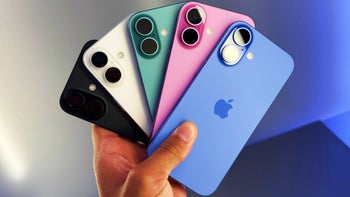
Things that are NOT allowed: